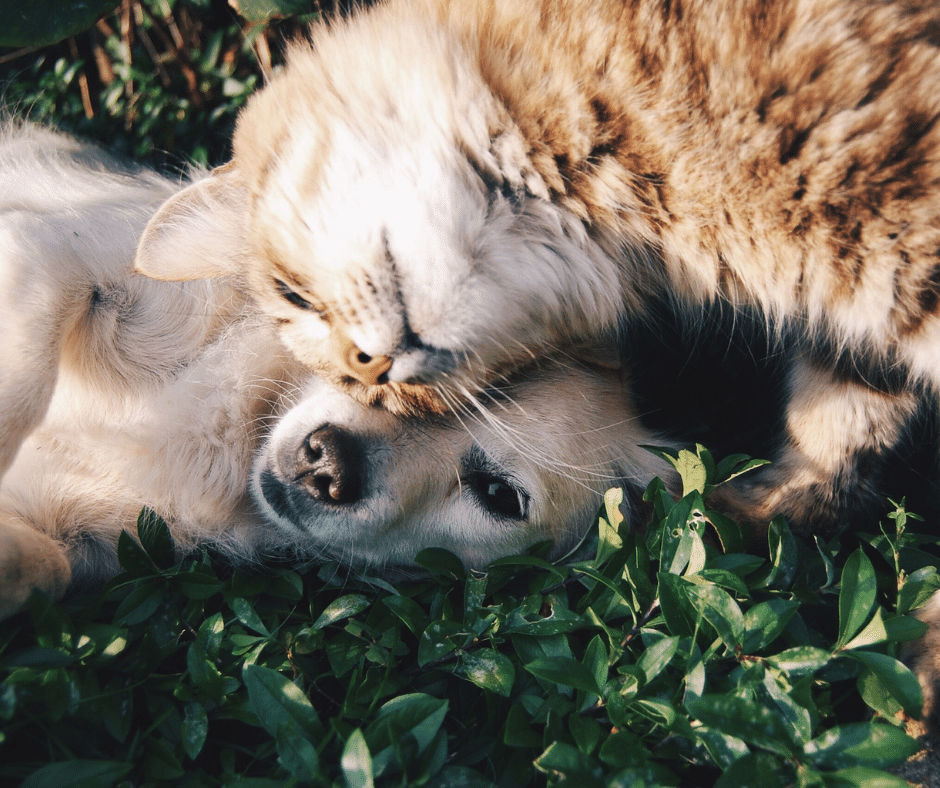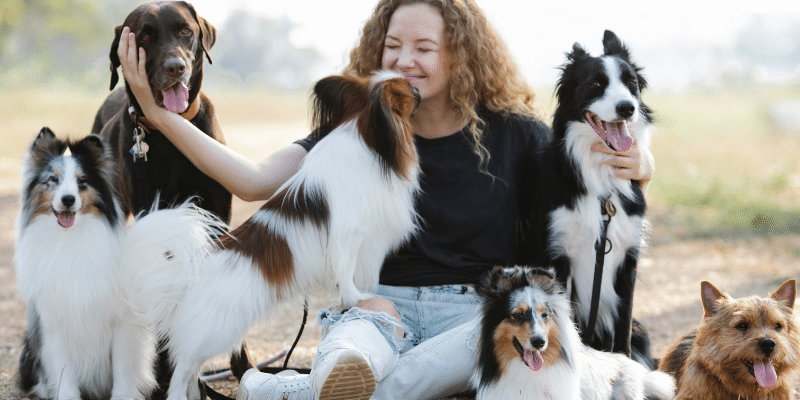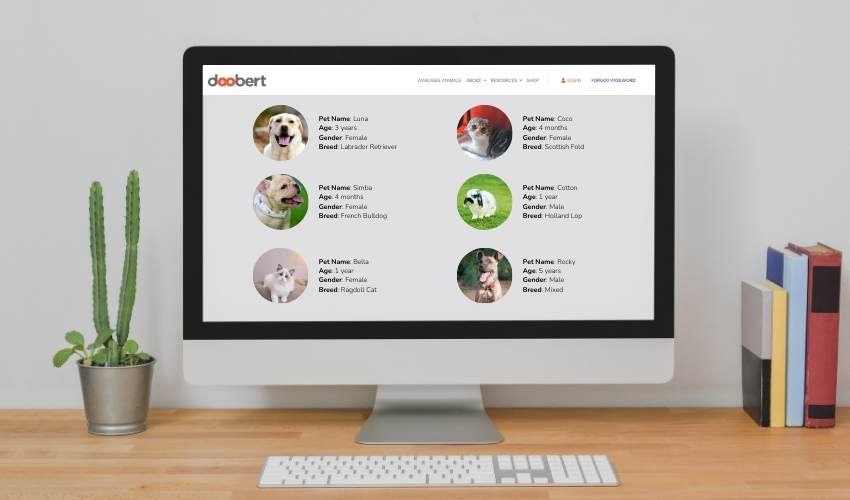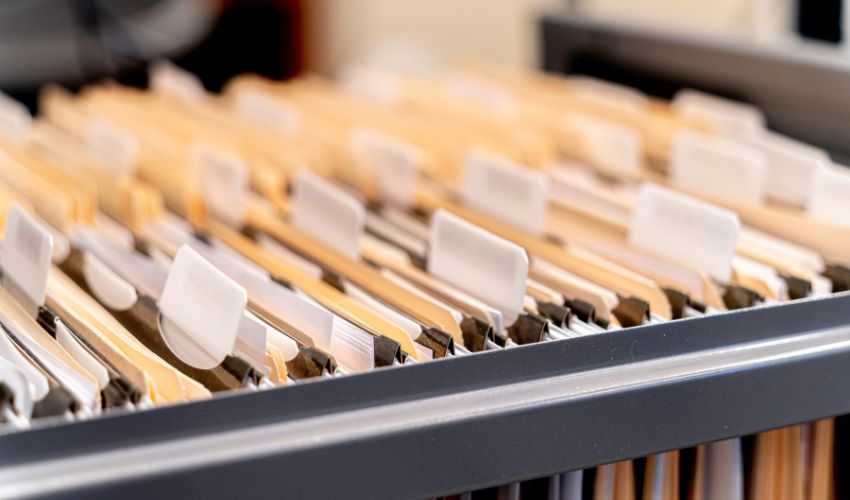According to the American Society for the Prevention of Cruelty to Animals, U.S. shelters euthanize about 1.5 million animals every year.
Although the number had declined from the 2.6 million euthanized animals in 2011, it still consists of a significant number of perfectly healthy animals being euthanized every day at shelters around the world.
One might even say it’s pretty ironic, given that about 85 million households in the U.S. adopt a pet.
To help address the problem, Sheryl Joyce, a Canadian ex-pat and lifelong animal lover, founded Pet Pardon in 2017.
Pet Pardon aims to reduce the need to euthanize by making it easier and quicker to share a pet’s plight and pledge for the safe rehoming or rescue of an animal at risk.
As CEO of Pet Pardon, Sheryl shared,
“We created Pet Pardon to form awareness around the number of animals that are sadly euthanized every year in shelters in the U.S. And (Pet Pardon is) an app that streamlines that process for rescue groups and animal advocates.”
Developing the Life-Saving Pet Pardon App
A social media user, Sheryl first got involved in the pet niche when she discovered a network of animal lovers who adopt a pet and share photos of dogs and cats in U.S. shelters. The shelter animals were either destined to be euthanized or were already listed on death row.
Learning that many of these animals were only killed for space, Sheryl reached out to some rescue groups and volunteered to be a networker.
However, she quickly learned how deflating and time-consuming the process can be. So, she evolved into a pledger but soon found a few problems in the animal care space that, she believed, needed to be addressed.
“Several problems arose from that as well, one of them being, I often didn’t find out what happened to a dog. So, because there are so many posts, who’s going to be the person that’s updating all of those posts?… You’ve got all of these places that the dogs are being shared, but how do you track all those conversations?”
Sheryl pointed out.
This realization led her to form the Pet Pardon app, which connects the underserved community with the content they are passionate about and the means to make a difference.
Aiming to save animals from death row, Pet Pardon’s mission is to become the “go-to” app for animal advocates to network dogs and cats at high-kill shelters around the world.
How the Pet Pardon App Works
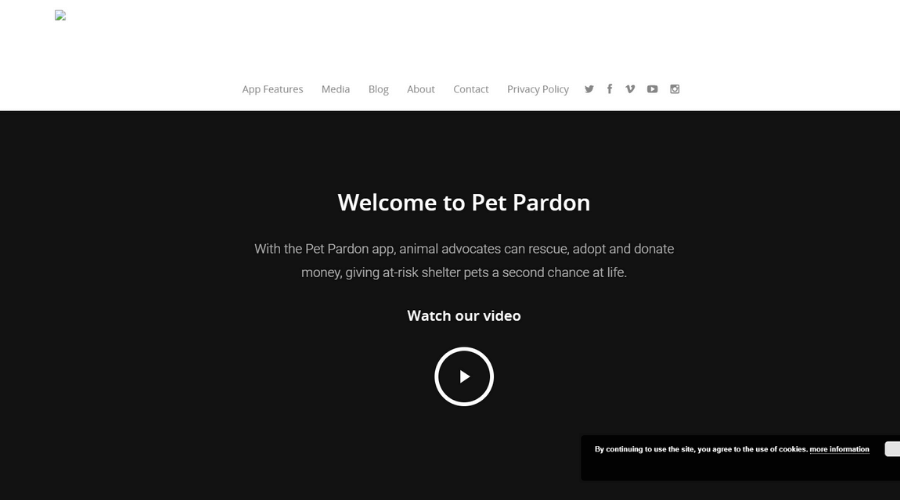
Despite only launching a viable version of the Pet Pardon app at the beginning of the COVID-19 pandemic, Sheryl happily shared that she and her team are already seeing a good amount of success. She attributed this success to the belief that “animal lovers are animal lovers” even with the global health crisis.
As for how Pet Pardon works, Sheryl advises downloading the app from the company’s website.
She continued,
“Put in your name. You see a dog in need, scroll down, read their story, and hit ‘Pledge to Help Me’. We take your name, and we take the amount. And what that does is that we curate the pledges, so we have a running tally. So, any rescue group or a person interested in a dog can see that it has $50 or however much a running total of the pledges.”
Pet Pardon takes a small amount of the pledge for an at-risk pet to support the company’s operations. However, Sheryl quickly rebutted that it doesn’t mean that they actively compete with animal welfare organizations for financial support. On the contrary,
“We’ve taken a long time to build up the brand for people to trust. At Pet Pardon, we absolutely don’t want any rescue group to think we’re competing with them for funds. We’re trying to help them track down money that they really just don’t have time to do otherwise.”
Pet Pardon for the Future
With so many plans in the pipeline, it might be overwhelming to think of the numerous possibilities that the tool offers. Ultimately, however, Sheryl just wants to make it really easy to share the records of at-risk animals through the Pet Pardon app.
“We’re working on the next version of the app right now, and we’re going to try to monetize and start to make some money because the vision is really to have a grant program to help rescues… The vision is really just to sort of address the immediate need and fulfill— streamline the rescue process,”
she shared.
Considering the potential benefits of the Pet Pardon platform, this is clearly great news for groups and organizations that conduct animal transport for rescues. After all, it doesn’t only help save the lives of animals at risk of undergoing euthanasia; it’s also a great tool for building brand awareness.
Sheryl closed the podcast,
“I just want people to go, ‘Okay, what happened to this dog or this cat?’ And think of Pet Pardon first and look on the app to be able to see what happened to them. Do they still need funds? What’s going on? Are they in foster? That kind of thing. So, (we want to be) having that end-to-end kind of journey with an animal.”
Wanna know more about the Pet Pardon app?
Check out their website at https://pet-pardon.com/.

